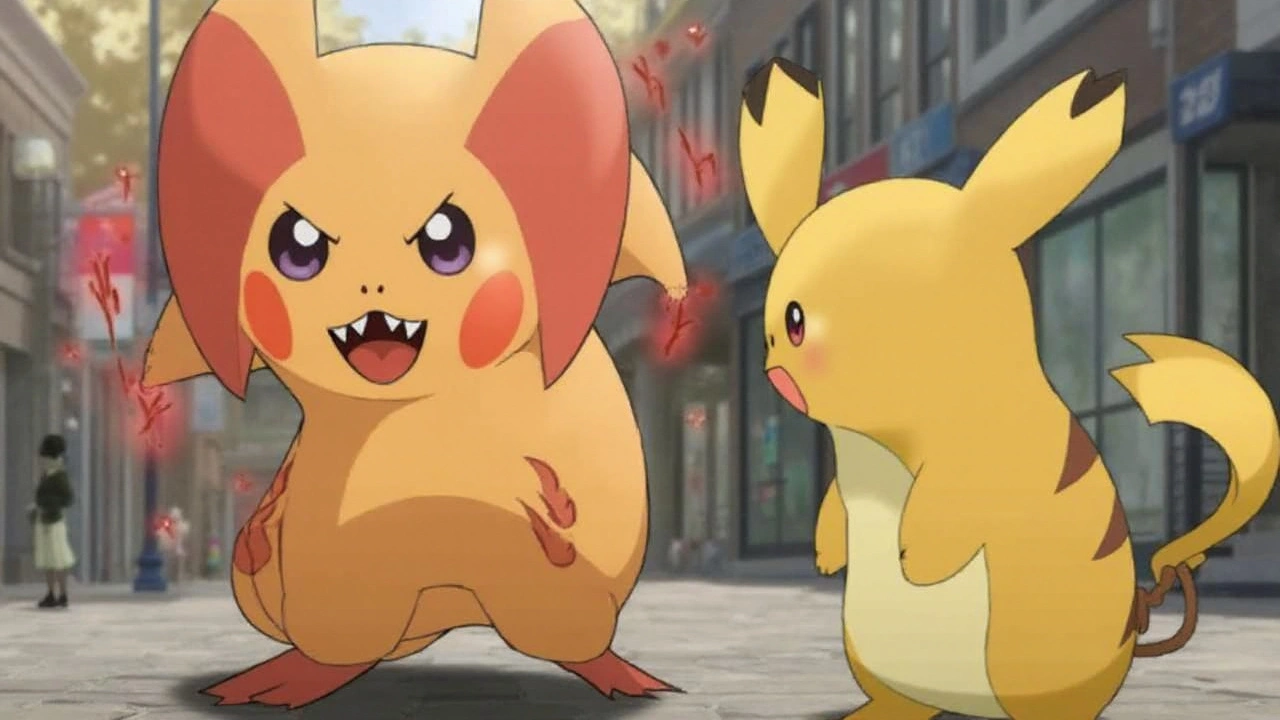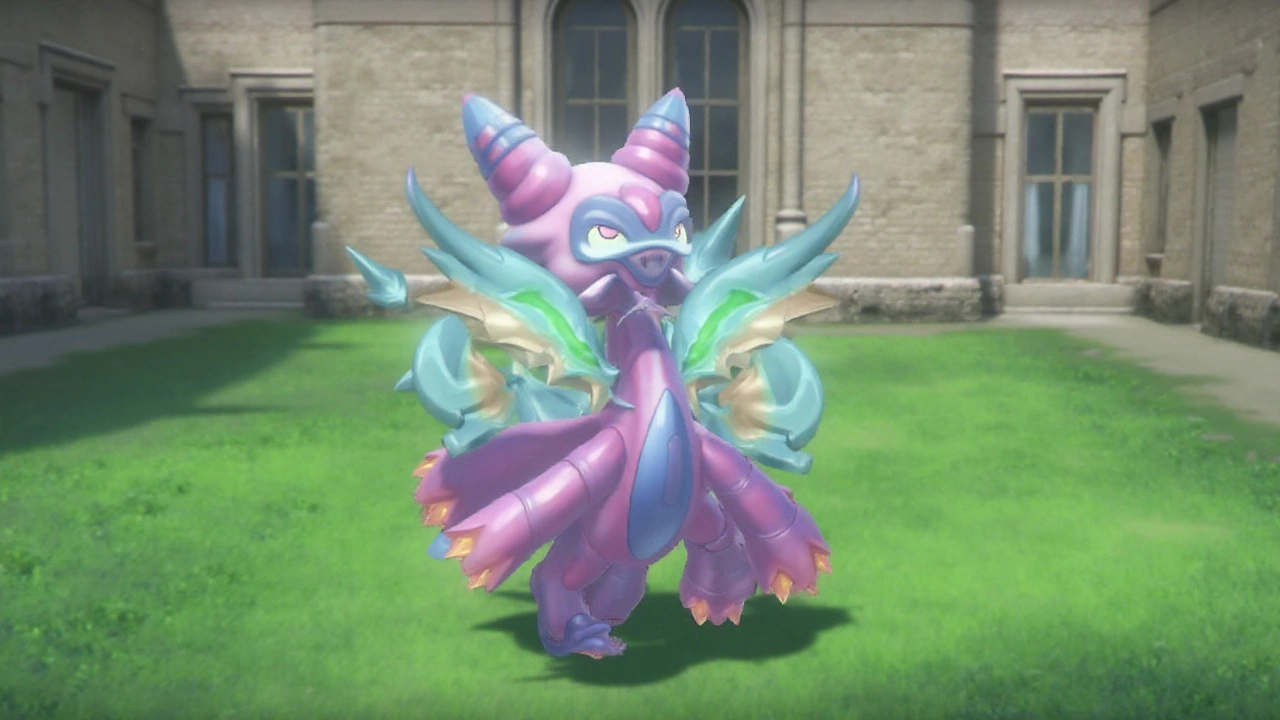Raichu gets two Mega forms as Kalos opens a new dimension
Not one, but two Mega Evolutions for Raichu. That’s the headline out of Nintendo’s September 12, 2025 Direct, where The Pokemon Company announced the paid Mega Dimension DLC for Pokemon Legends Z-A. The add-on splits Raichu’s upgrade into a classic X/Y fork—a clear nod to the Kalos era that birthed Mega Evolution in the first place.
Meet Mega Raichu X and Mega Raichu Y. The designs lean into the letters: an X woven into a sharpened lightning-bolt tail, and a Y echoed as antler-like arcs. Each form uses its own Mega Stone, and you’ll earn those by pushing through the DLC’s story. No stats, abilities, or typing changes were detailed during the Direct, so expect those to surface closer to launch or inside the DLC itself.
The narrative hook is pure Kalos mystery. Spatial distortions erupt across Lumiose City and tie to a new pocket space called Hyperspace Lumiose—the stage for a post-game chapter with Team MZ. Hoopa, the Mythical known for ring portals and reality-bending tricks, sits at the center of it all. If you remember Hoopa’s signature moves and Unbound form, you can already see the logic: tearing seams in space fits the lore.
Nintendo is bundling story content and cosmetics together. If you buy the Mega Dimension DLC, you get both—no à la carte option. The Holo-X and Holo-Y clothing items hit your wardrobe once you unlock outfit changes (about an hour into the main story), and they’ll be available the same day the base game launches.
- Base game release: October 16, 2025
- Holo-X/Holo-Y apparel availability: October 16, 2025
- DLC story window: by February 28, 2026
- Access requirement: complete the main story of Pokemon Legends: Z-A
- Platforms: Nintendo Switch and Nintendo Switch 2 (standard and Switch 2 Edition supported)
- Pre-orders: live now via Nintendo eShop, My Nintendo Store, and retailers
There’s a practical note buried in the fine print: the DLC uses your existing save data. No separate profile, no fresh file. Finish the main game, and your character steps straight into the new chapter with Team MZ once it goes live.

What’s in the DLC, why it matters, and how to prep
The Mega Dimension DLC splits into two pillars: a post-game story in Hyperspace Lumiose and a pair of Mega Raichu evolutions with distinct Mega Stones. The setting signals a tone shift—Lumiose is familiar, but Hyperspace Lumiose suggests mirrored streets, warped routes, and rules that break when Hoopa wills it. Expect environmental puzzles tied to distortions, cameos from Kalos tech trying to keep up, and battles that lean into status hazards and positioning as space bends around you.
Team MZ’s involvement hints at continuity rather than a disconnected side story. You finish the main campaign, then carry on with the same cast in a contained, high-stakes arc. That structure mirrors how Game Freak handled post-game in older titles: new areas open, higher-level battles appear, and lore threads get pulled tight. Here, the lore thread is Mega Evolution itself.
The Raichu split into X and Y matters more than it seems. Previous games tied X/Y variants to meaningful trade-offs in typing, abilities, or stat distribution—think offensive versus defensive profiles, or a speed-focused glass cannon versus a bulky pivot. Nintendo hasn’t shared specifics, but giving Raichu two directions implies real build decisions in team composition. If one form leans on priority and tempo and the other on coverage and sustain, you’ll feel that difference from gym-style gauntlets to open-world skirmishes.
Design-wise, the X tail readies Raichu for sharper, more aggressive animations—lunges, arcs, and mid-air pivots—while Y’s antler motif could sell a broader, field-controlling presence. Neither confirms how it plays, but the visual language is deliberate. Kalos was always about spectacle baked into mechanics, and these silhouettes keep that tradition alive.
Hoopa’s role should shape encounter flow. The Mythical’s ring portals lend themselves to multi-phase battles—warp points that drop you into split arenas, or boss patterns that reset positioning. Moves like Hyperspace Hole and Hyperspace Fury ignore certain protections in older titles; translating that theme into world interactions could mean barriers you can’t bypass without timing distortions or equipping specific items found in the DLC.
On cosmetics, the Holo-X and Holo-Y outfits are immediate value for anyone who likes to theme their trainer to match their team. Since they unlock about an hour into the base game, you can start the Kalos run dressed for the DLC before the story even arrives. Small touch, but it keeps the expansion in view during your whole playthrough.
Compatibility is straightforward. If you’re on the original Switch or moving to Switch 2, your purchase works across both, and the special Switch 2 Edition of the game is supported. With shared save data, upgrading hardware shouldn’t strand your progress. Just keep your profile synced and storage free for the DLC download when it drops.
For anyone planning ahead, here’s a simple checklist:
- Finish the main story of Pokemon Legends: Z-A—access to Hyperspace Lumiose is locked behind it.
- Grab the DLC early if you want the Holo-X/Holo-Y apparel on launch day.
- Clear save space and keep your party balanced—Electric types love coverage; bring answers to Ground and bulky Dragon threats.
- Track your Mega Stones—each Raichu form needs its own, so plan which path suits your team.
This DLC also slots into a broader push: Game Freak is making Mega Evolution the identity of this Kalos return. Before today’s reveal, the roster already included new Mega forms for Dragonite, Malamar, Victreebel, Chesnaught, Delphox, and Greninja. That’s a spread across roles—bulky tanks, mind-game specialists, and starters with fan-favorite movesets. Raichu joining with two branches gives Electric teams the kind of flexibility they rarely get without heavy item or Tera commitments in other formats.
You can feel the studio chasing a familiar loop: exploration that feeds into buildcraft, and buildcraft that pays off in set-piece encounters. Post-game content is where that loop usually breathes. Hyperspace Lumiose looks built for remixing the city you thought you knew, then asking you to master it under new rules.
What about balance? The team has learned from past experiments. Mega Evolution can overshadow everything if power spikes too hard; if it’s too tame, it becomes a costume change. Tying the new forms to a dedicated post-game arc suggests they’ll be tuned for tougher fights rather than trivializing the main story.
If you’re new to this, Mega Evolution is a battle-only transformation triggered by a keystone and a matching Mega Stone. It amps a Pokemon’s stats, and sometimes changes ability or typing, until the battle ends. It’s different from permanent evolutions and from temporary forms like Dynamax—think of it as a timed, high-impact shift designed to open play patterns without blowing up the whole battle system.
As for timing, the staggered rollout is simple. Play the full game starting October 16, 2025. Style your trainer in the Holo fits. Then expect the Hyperspace Lumiose story to arrive by February 28, 2026. That window leaves room for patches, balance tweaks, and possibly limited-time raids or events to set the stage for Hoopa’s arc.
The teaser trailer—short but dense—shows both Mega Raichu forms in motion and flashes of Lumiose under distortion. Street lamps bending at wrong angles, crosswalks that loop back on themselves, and skyline slices that look stitched together. It reads like a map you’ll need to learn twice: once as a citizen, and again as a trespasser in a broken dimension.
For collectors and battlers, the to-do list is clean: finish Kalos, lock in your Mega Stones, and decide which Raichu you want watching your back. X for edge and pace, Y for presence and control—if the pattern holds. Either way, the DLC’s message is clear: Mega Evolution isn’t a cameo in this game. It’s the headline act.
